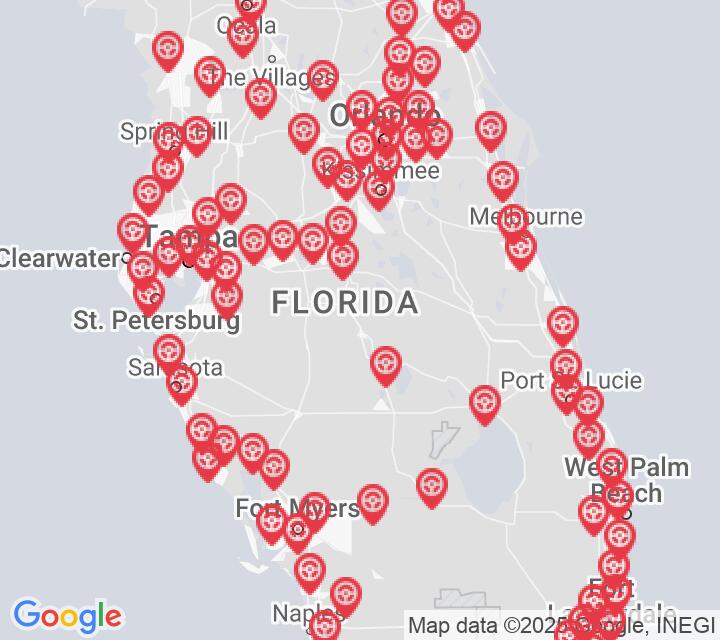Combination
All applicants who are applying for a Class A CDL should be prepared to take the Combination test. This test covers information found in Section 6 of the Commercial Driver License Manual. Section 6 provides the information needed to safely operate tractor-trailers, doubles, triples, and straight trucks with trailers. The test is made up of 20 multiple-choice questions, and applicants will have one hour to correctly answer a minimum of 16 questions. The Combination test is not a replacement for the Double/Triple endorsement test.
Number of Question
Passing Score
8. What is off-tracking?
Explanation
When a vehicle goes around a corner, the rear wheels follow a different path than the front wheels. This is known as off-tracking, or "cheating."
9. A trailer will be most likely to swing around when:
Explanation
An empty trailer will require a longer stopping distance than a loaded trailer. Additionally, a trailer is most likely to swing out and strike other vehicles when it is lightly loaded or empty.
10. The trailer hand valve:
Explanation
The trailer hand valve should not be used for parking. This could cause all of the air to leak out of the braking system, resulting in the brakes releasing. Instead, use the parking brake.
11. While inspecting a coupling, you should go under the trailer and:
Explanation
While inspecting a coupling, you should go under the trailer and look into the back of the fifth wheel. Ensure that the fifth wheel jaws are secured around the shank of the kingpin.
12. What happens when the wheels of a trailer lock up?
Explanation
A trailer tends to swing around, potentially resulting in a trailer jackknife, if its wheels lock up.
13. After finishing a pre-trip inspection, you should:
Explanation
Before a trip, you should ensure that air reaches all air brakes on all trailers by opening up the rear emergency line and service line shut-off valves to listen for escaping air. Close both shut-off valves before beginning to drive.
14. Proper coupling technique:
Explanation


